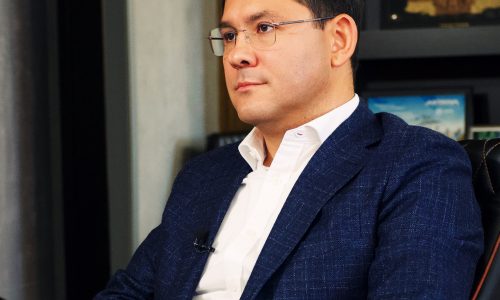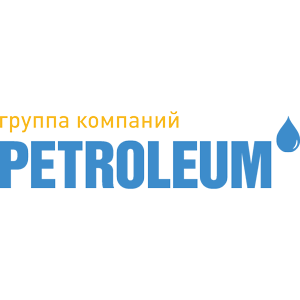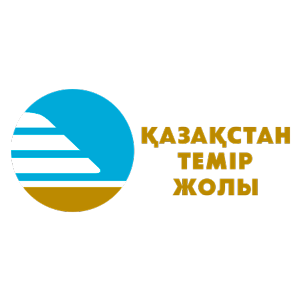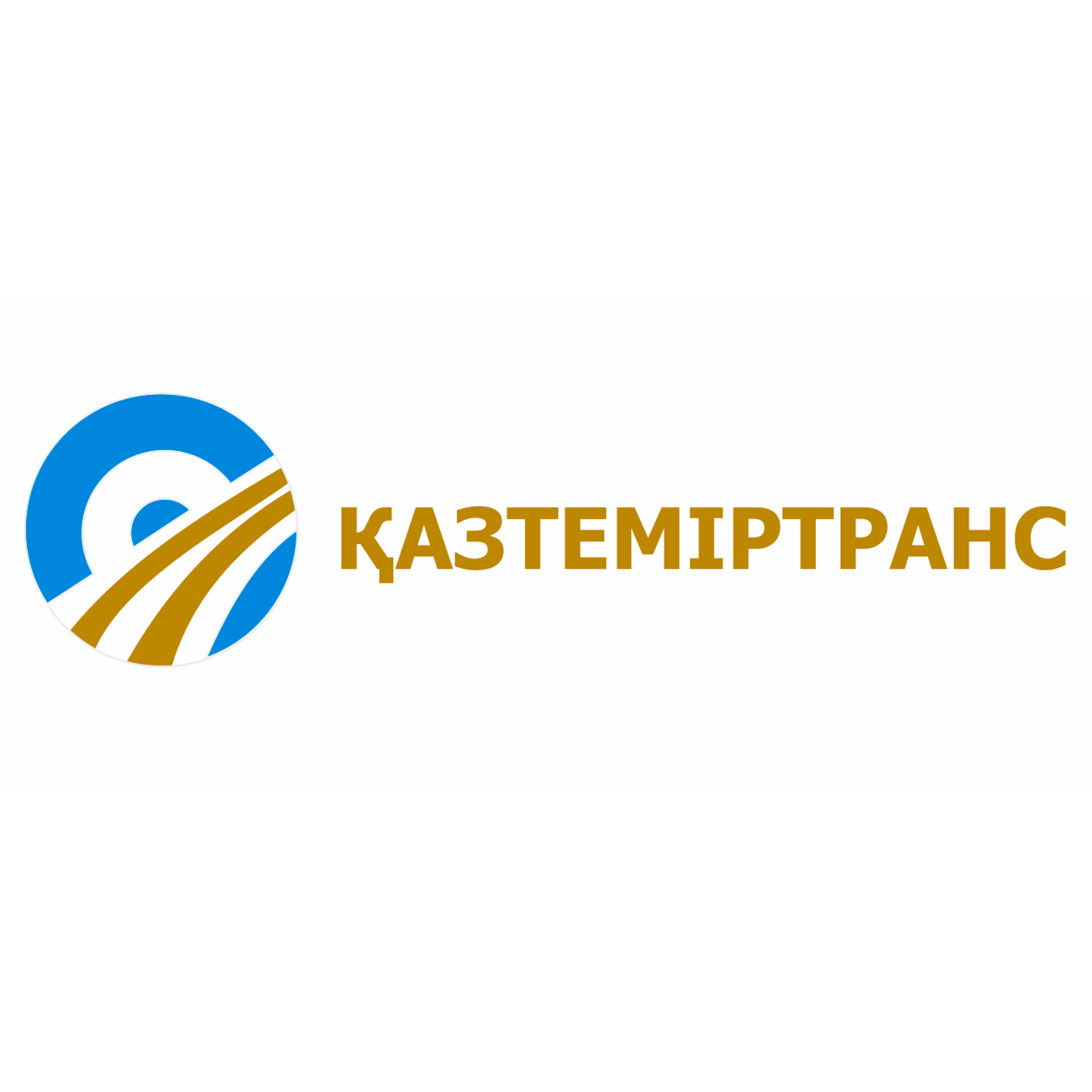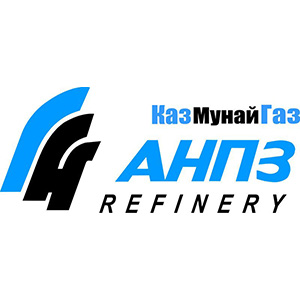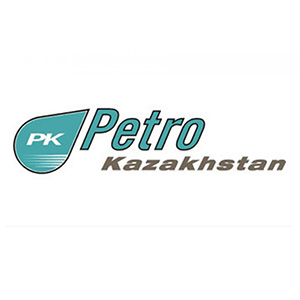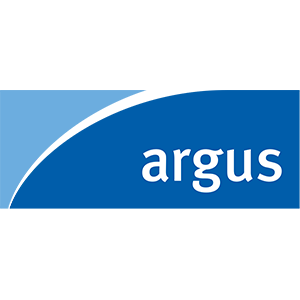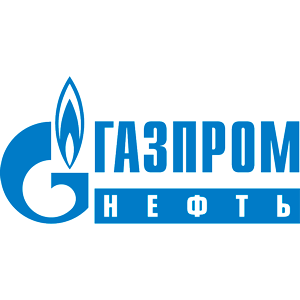Chairman of the Board of PTC Holding Timur Karabaev on the prospects for the development of the Trans-Caspian transport route and new terminals. He also told what difficulties and challenges exist within the framework of the TMTM and called by what date they can really be eliminated.
Does your company feel the sharply increased interest in the Middle Corridor, or as it is also called TMTM, in recent years?
Indeed, today they are trying to transport a very large volume of cargo through the Middle Corridor. The causes originated in 2019-2020, when the pandemic and coronavirus began. After coming out of the pandemic, a large flow of goods arrived and, accordingly, all the corridors were clogged, including the Northern Corridor. Now, due to the geopolitical situation in the northern transport route, it passes much less cargo for obvious reasons. In this regard, today the eyes of rulers from Southeast Asia and China are focused on the middle corridor, the so-called Trans-Caspian transport route. There are structural difficulties when cargo passes through this corridor. To date, it is difficult for us to state the fact that the middle corridor competed with the northern corridor. Yes, there are prospects. For example, Kazakhstan, Georgia and Azerbaijan are trying to jointly resolve difficulties along the way of cargo movement. However, historically, it has already happened that there was not such a large cargo flow through the Northern Corridor and, accordingly, they were not ready for such a large number of applications. Today, yes, we are receiving more applications, yes, we are trying to import a much larger amount of cargo. I think that in the future, 2024-2025. The middle corridor will be a completely different base with the largest amount of outgoing cargo.
How do you cope with the number of applications coming to your workplace? How good do you think it is?
We are coping with incoming applications, but the question is different. Having our own sales window in China, we have registered a company in China, the company is trying to work directly with cargo bases. And seeing the mood of shippers and cargo owners, we understand that there could have been more applications. That is, we are trying to send what we have now and we are coping with this volume. But we also understand that every month there are more people who want to travel along this corridor.
You talked about the problems that exist on this stream. What kind of problems are these, and what problems, in particular, are businesses facing? Do you see any progress in solving these problems?
I don’t think this is a business problem. This is a problem for all participants in the corridor as a whole. No, it’s not a problem, let’s call it difficulties. These difficulties are primarily structural. Neither the railway administration of your countries, nor the shipping company across the Caspian Sea, nor the port units on the Black and Caspian Seas were ready for such a large number of applications. That is, yes, there used to be a large number of cargoes, but today the cargo structure has changed. Previously, bulk cargo was transported, but today it is container transportation that beats the TOP 10. And in order to let more cargo through, we need slightly different port facilities, we need a different front of ships. You need to understand that it takes one and a half to two years to build a ship, and from six months to a year to build two freight wagons. It also takes time to build new terminals and buy new cranes. Therefore, with the changing structure of the cargo flow, completely different capacities are required, the replenishment and creation of which takes time. That’s why I’m saying it’s possible by 2024-2025. When new cranes and wagons will be available. Closer to this time, rather, the situation in this direction will change.
As far as we know, your company is currently building a new terminal in the seaport of the Georgian city of Poti. In your opinion and according to your expectations, how will this terminal affect TMTM and does it promise new opportunities?
Absolutely, yes. We are probably one of the first Kazakhstani companies to conduct a detailed and clear analysis of the entire corridor. We have examined every kilometer of it. We have a very clear idea of which sections have infrastructure bottlenecks, and we objectively understand the change in the structure of freight transportation. The company has come to the conclusion that we want to send more containers and for this we need a hub on the Black Sea. It will be designed specifically for container transportation. It is clear that there are ports in Batumi and it is clear that there are container terminals there. But within the framework of the analysis of the cargo flow that we currently have, we can assume some things. It can be significantly expanded if there is a specialized place for receiving containers. To be able to leave it there and continue to transport it to the Black Sea. We saw a perspective in this for ourselves. So it was decided to work with our Georgian partners to address this side of the issue.
In addition, today we understand that TMTM is a great opportunity to travel in both directions. Seeing the current Kazakh and Chinese cargo bases, we understand that there is a lot of transportation to the Black Sea. Again, this happened due to dramatic changes in transport and supply chains. We began to feel that there were applications from the Black Sea aimed at Kazakhstan and Central Asia. In this scenario, it greatly changes the face and appearance of the corridor in question. Because for any shipper, the fundamental decision is the cost of transportation. If the cost of transportation is sufficient and pays off, then the cargo goes. If it is overstated, then the cargo is not coming. In this case, when you have the opportunity to receive loading both in the direction of the Black Sea and in the opposite direction, the cost of transportation is very important. We have conducted a large analysis on the shippers of Kazakhstan. To be honest, the cargo base that takes place in the Republic of Kazakhstan – it can probably already fill the corridor completely, and if not completely, then exactly 70-80%. Because there are a lot of goods that are ready to be shipped to the Black Sea. Plus, there is Chinese transit and transit from Central Asian countries, for example, from Uzbekistan.
Thus, if we build a terminal and we can receive at least a comparable number of applications from the Black Sea, then, of course, the situation will change. But in both cases, an infrastructure is needed that can receive and process this cargo base. Therefore, we believe that our future terminal is our vector, let’s say, in the construction of the corridor. This is what will allow more cargo to pass through. Maybe we can make the service a little better. It will definitely also improve the timing for shippers. After all, the timing and cost of transportation are two fundamental points that decide whether the cargo will go or not.
Regarding the construction and development of new infrastructure. Your company is working on a project of a transport and logistics center near Tashkent. Does such a project pose a threat to Kazakhstan, because Uzbekistan and Kazakhstan are competitors in some sense? How do you rate this project?
In fact, I don’t think these two countries are competitors. Firstly, Kazakhstan and Uzbekistan are Central Asian countries and the cost of transportation depends on how large their cargo base will be in the direction of world markets. Secondly, the fact that we are now starting to build a transport and logistics center in Uzbekistan is another confirmation that we want to work with the cargo base not only of Kazakhstan, but also of Uzbekistan. In this case, there are absolutely clearly defined cargoes that have been and will continue to go through the territory of Kazakhstan and from its territory. Uzbekistan itself is also a cargo-forming country, because production in Uzbekistan is currently developing quite actively. Exports from Kazakhstan and Uzbekistan are two parallel routes, paths. And when we talk about backloading from the European part or Southeast Asia: it is expensive to drive a small volume alone, it is more profitable to drive a large volume for both our countries. And if we can properly place our terminals in cargo–forming places, whether it is the territory of Uzbekistan or Kazakhstan, this is synergy. In this case, synergy gives speed.
That was the last question. Thank you for your time.
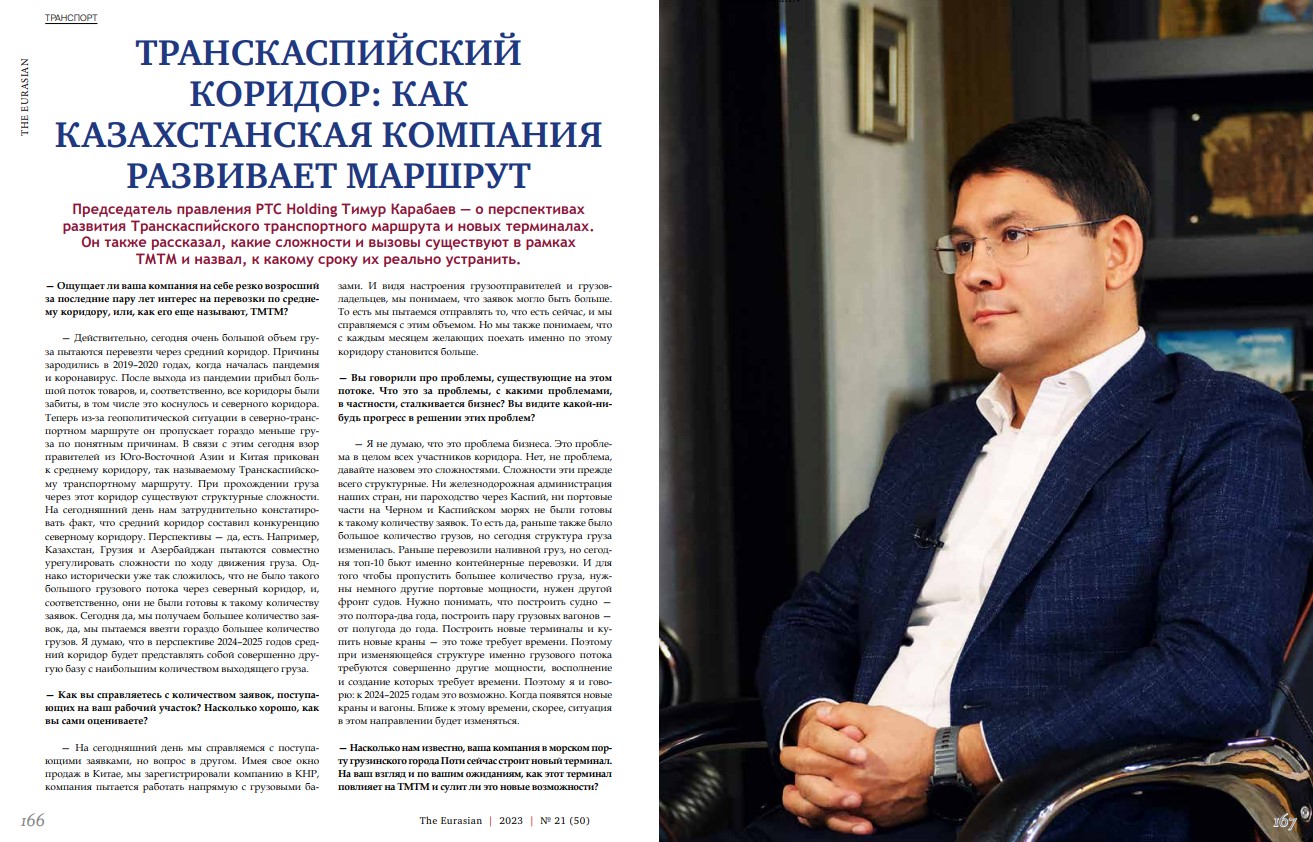
 010000
010000 Astana, 18 Turan Ave
Astana, 18 Turan Ave Astana, 18 Turan Ave
Astana, 18 Turan Ave Astana, 18 Turan Ave
Astana, 18 Turan Ave 123112
123112  100015
100015 ![]() China, Shanghai Pudong New Area No. 1168 Century Avenue Dongfang Financial Plaza
China, Shanghai Pudong New Area No. 1168 Century Avenue Dongfang Financial Plaza![]() Кыргызская Республика 720011, город Бишкек Первомайский район, ул. Раззакова, д.32
Кыргызская Республика 720011, город Бишкек Первомайский район, ул. Раззакова, д.32![]() Грузия, г.Поти ул. Хоби № 7
Грузия, г.Поти ул. Хоби № 7

